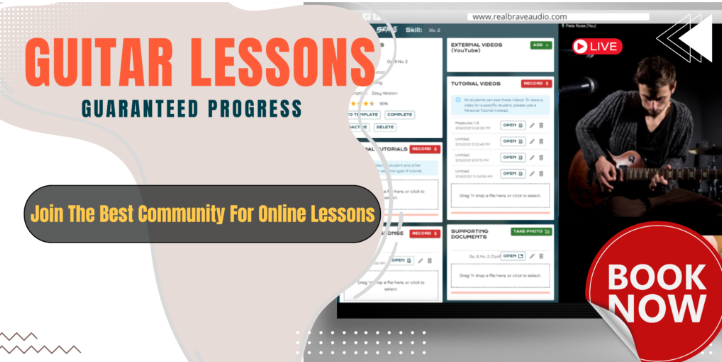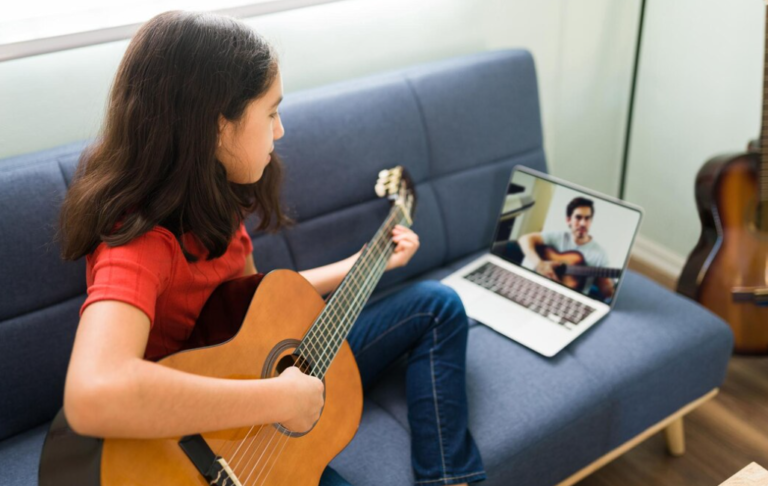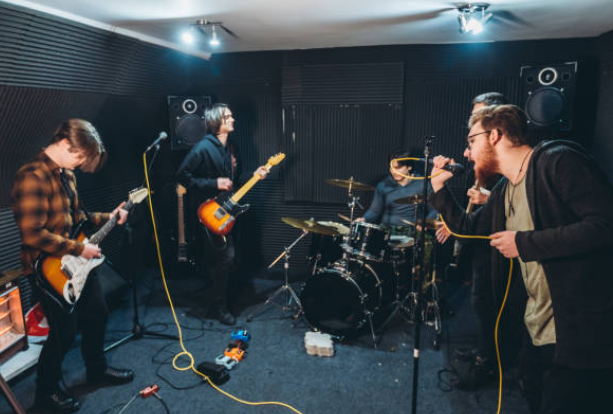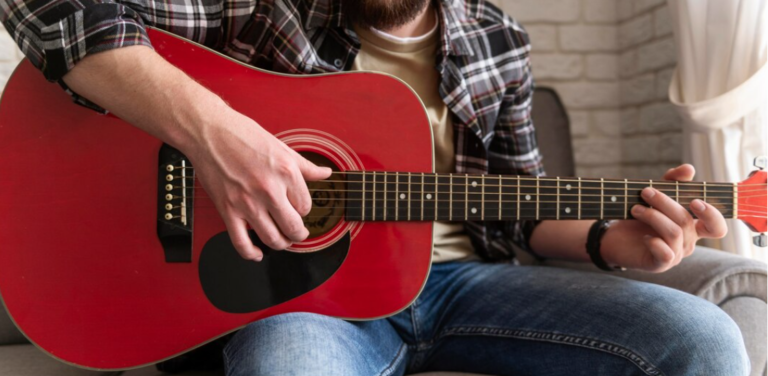Suspended & Add Chords: Essentials You Need to Know – Easy Guide

Why Go Beyond Major and Minor?
When most guitarists begin learning chords, they start with the usual suspects: major and minor shapes. While these are essential, they don’t cover the full range of harmonic expression available on the guitar. Enter suspended chords and add chords — two beautiful, often misunderstood chord types that offer new textures, unexpected colors, and emotional nuance.
In this blog, we’ll break down:
- What are suspended and add chords?
- How they different from standard chords
- When to use them
- Common shapes you can play today
- Songs that feature them
Whether you’re a songwriter, improviser, or just a curious learner, these chords will freshen up your sound instantly.
What Are Suspended Chords?
Suspended chords — often written as sus2 or sus4 — get their name because they “suspend” the third of the chord and replace it with either the 2nd or 4th scale degree.
Why Does That Matter?
The third in a chord determines if it’s major or minor.
- Major third = Happy
- Minor third = Sad
When you suspend the third, you remove the emotion and replace it with something more ambiguous, often open, bright, and unresolved.
Sus2 and Sus4 Defined:
- Sus2 chord = Root + 2nd + 5th
Example: Dsus2 = D – E – A - Sus4 chord = Root + 4th + 5th
Example: Dsus4 = D – G – A
Notice what’s missing? The third! That’s the key.
Common Shapes to Try:
Dsus2
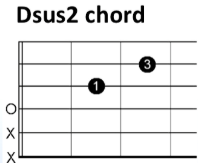
Dsus4
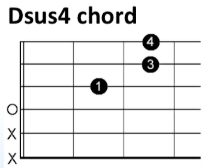
Switching between Dsus2 – D – Dsus4 creates a beautiful, flowing movement.
What Are Add Chords?
Add chords (short for “added tone chords”), keep the third (so they still sound major or minor) but add an extra note that isn’t part of the basic triad.
These are often written as add9, add11, or even add2 (which is like sus2 but with the third still included).
Example:
- C major triad = C – E – G
- Cadd9 = C – E – G – D (adds the 9th/2nd note)
This gives the chord a lush, full sound — great for pop, acoustic, and ambient styles.
Common Add Chord Shapes:
Cadd9
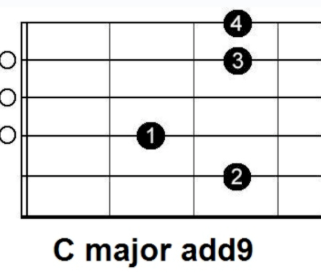
Aadd9
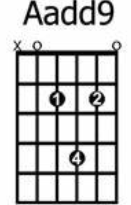
These chords are perfect for fingerpicking or arpeggios and sound beautiful when strummed gently.
Suspended vs Add Chords: What’s the Difference?
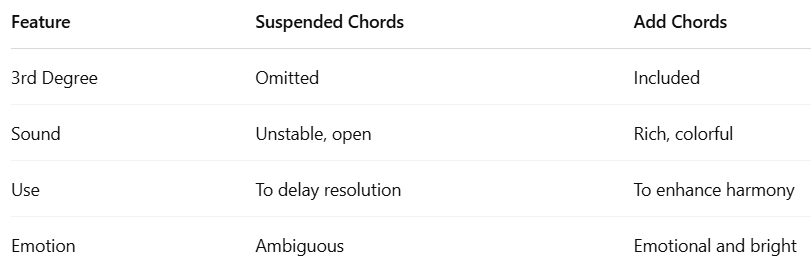
When to Use Suspended and Add Chords
Suspended Chords:
- Use them to build tension before resolving to a major or minor chord.
- Great in intros, build-ups, or refrains.
- Try in place of regular chords for a unique flavor.
Example Progression:
D – Dsus4 – D – Dsus2 – D
Creates a shimmering effect often used in rock and worship music.
Add Chords:
- Use them to enhance a basic chord.
- Ideal for acoustic ballads, pop progressions, or dreamy textures.
- Especially effective in fingerpicked arrangements.
Example Progression:
G – Cadd9 – Em – Dadd9
Common in the singer-songwriter and country genres.
Practice Challenge
Here’s a simple progression you can jam with:
Cadd9 – G – Dsus4 – D – Em7
Try playing this slowly with a relaxed strumming pattern. Let the added and suspended tones ring out fully.
Wrap Up: Add Flavor Without Complexity
Suspended and Add chords are your secret ingredients for elevating simple progressions into rich, expressive musical moments. They’re not hard to play — in fact, some are easier than standard chords — but they add depth and emotion that instantly level up your sound.
So next time you’re playing a standard I–V–vi–IV progression, experiment:
- Swap D for Dsus4 or Dsus2
- Replace C with Cadd9
- Try Aadd9 instead of plain A
Your ears — and your listeners — will thank you.
Interested in taking your guitar skills to the next level? Click below and book a free lesson with us! We’re committed to helping you express yourself freely on the guitar without endless scales and theory.
Author: Daniel Powers Jr, the founder of Real Brave™, serves as the chief inspiration to thousands of students in the Real Brave music instruction program. He’s also the visionary behind PracticePad™, an online platform for live one-on-one online music lessons, lesson tracking, and scheduling. Beyond his entrepreneurial pursuits, Daniel leads a non-profit organization that provides formerly homeless children with access to music education, making a profound impact on their lives. His unwavering dedication to music, innovation, and education continues to inspire individuals to reach their fullest potential while creating positive change in communities. Follow Real Brave on all the socials:
youtube.com/@realbraveinc
twitter.com/realbraveinc
https://www.tiktok.com/@realbraveinc
instagram.com/realbraveaudio
facebook.com/realbraveinc
